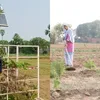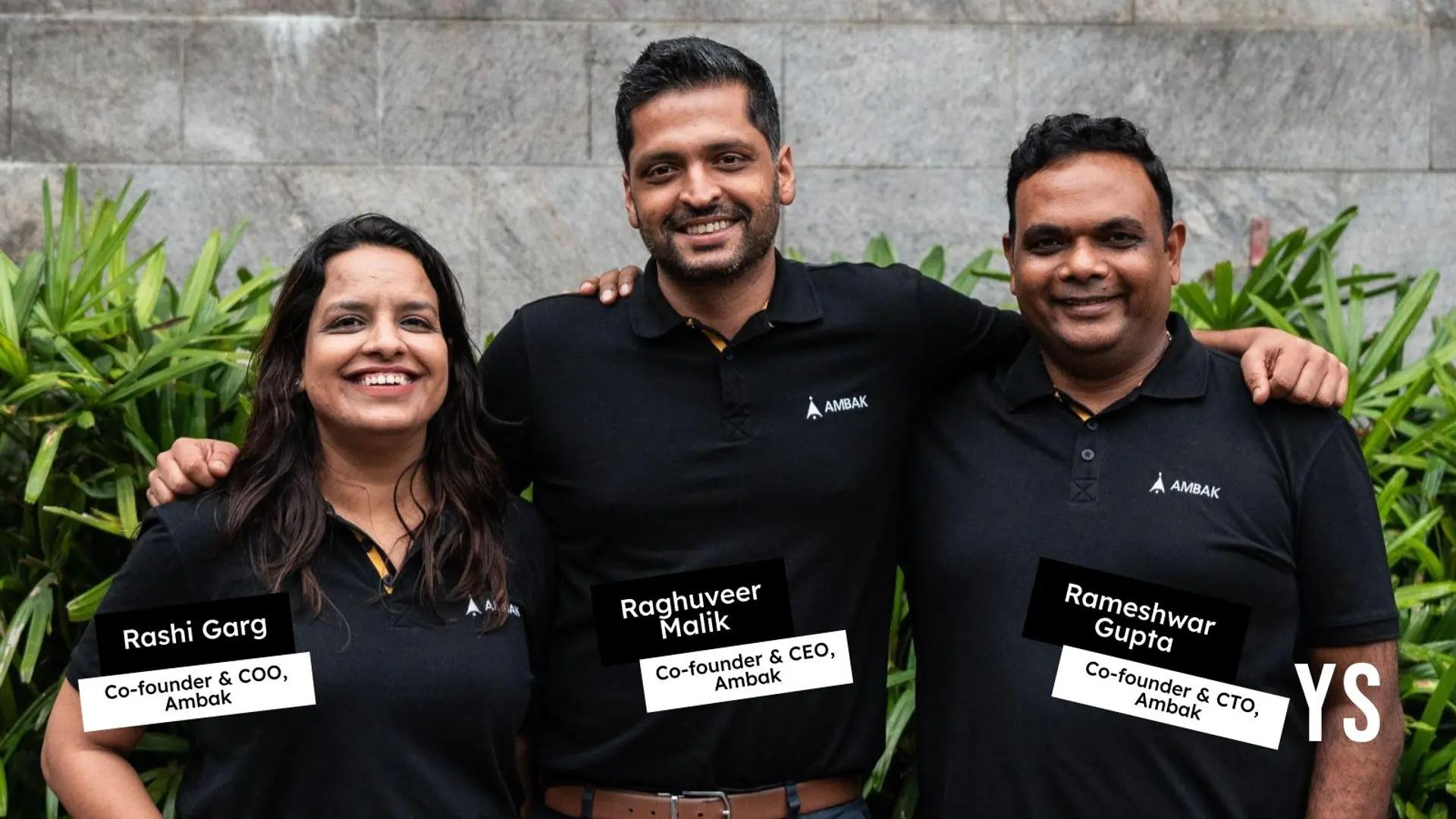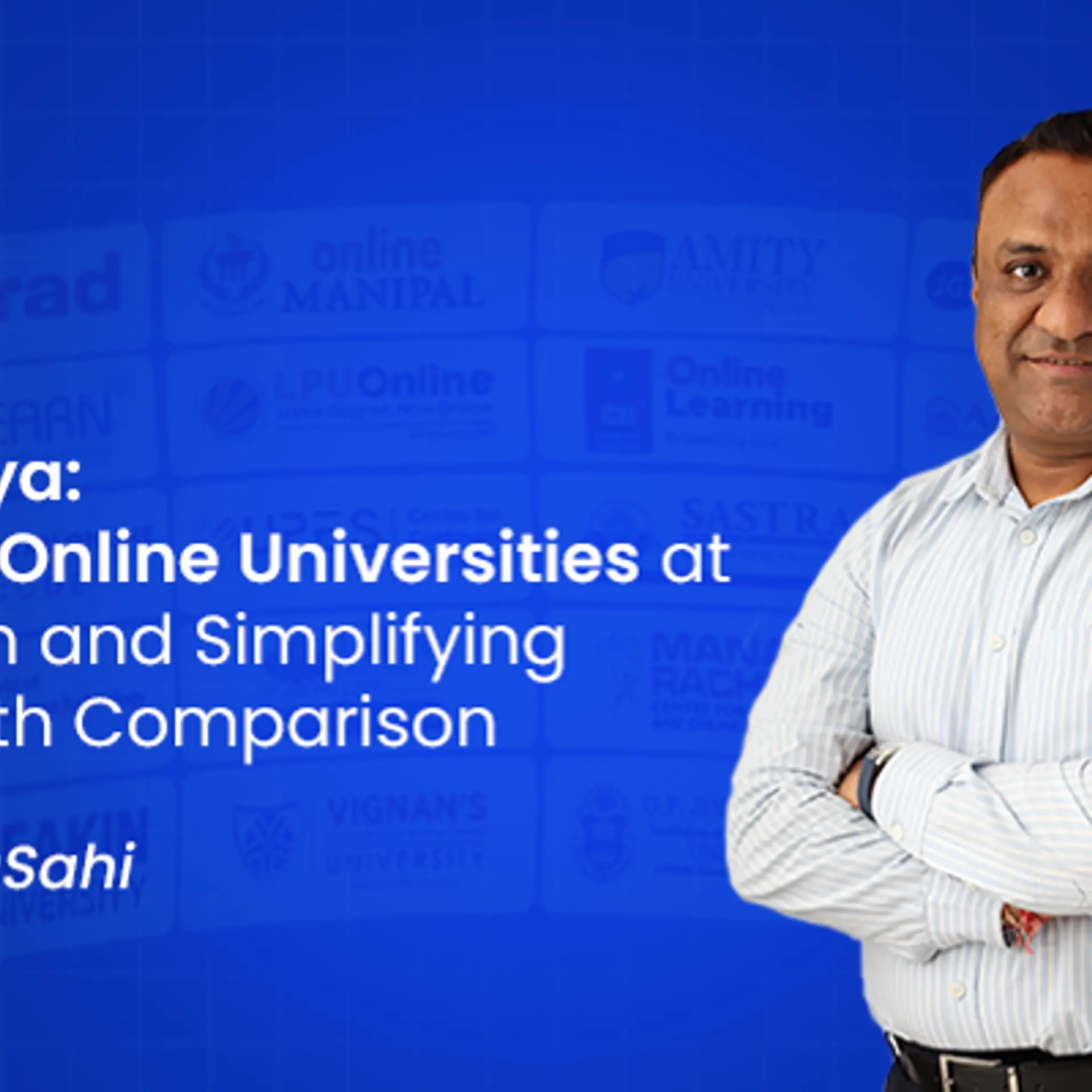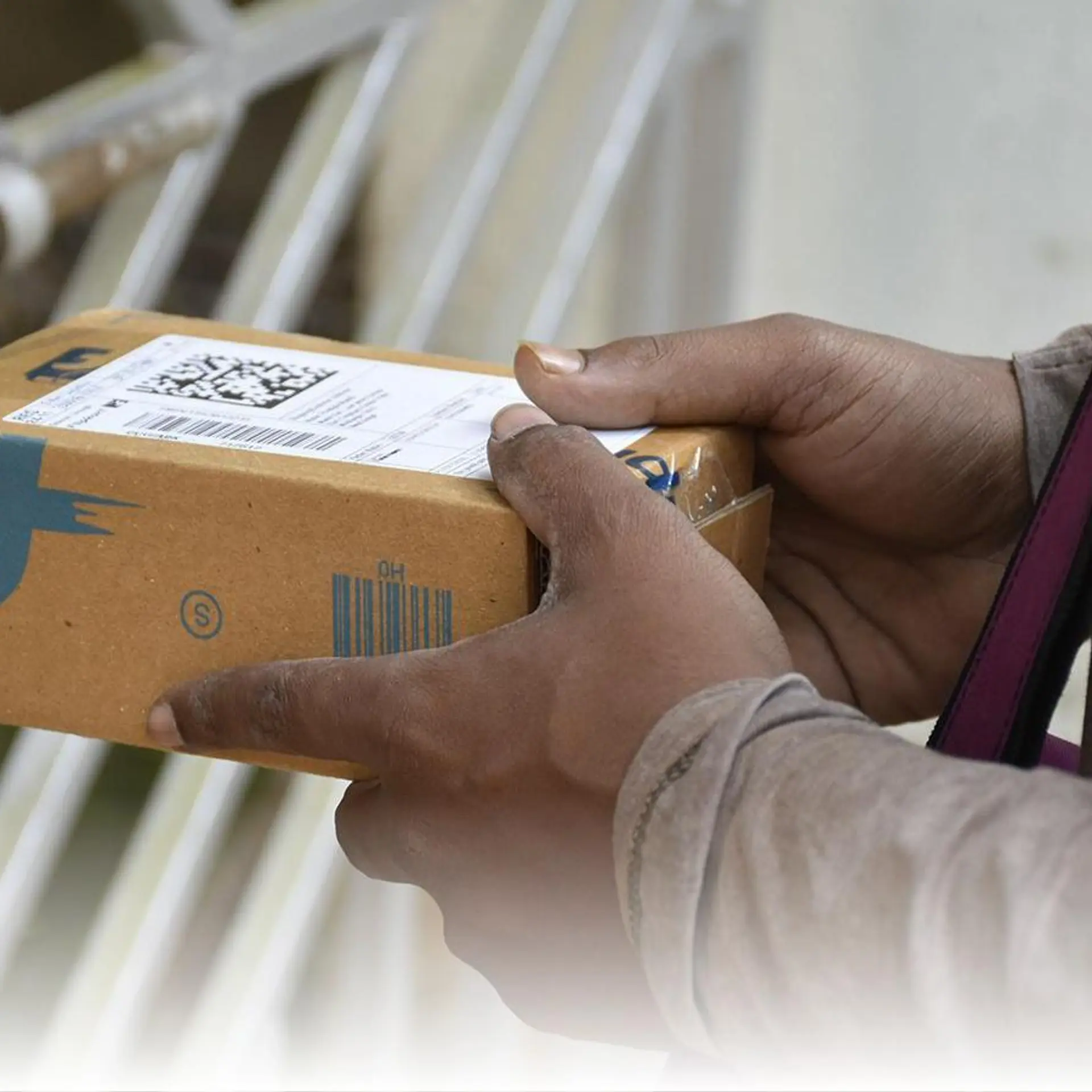This computation sustainability startup is tapping opportunities created by climate change
Kerala-based MistEO focuses on computation and financial mitigation solutions to meet sustainability targets by using climate economics, actuarial science, AI, and spatio-temporal analytics. The sectors it is working in include aviation, insurance, marine, FMCG, and smart grids.
The impact of climate change was felt across the world last year. Tonnes of ice melted, widespread fires were reported, animals lost their habitats, and the world continued to take a hit as temperatures around the globe rose.
These drastic changes led Samuel John to launch MistEO, a Kerala-based computation sustainability startup that addresses opportunities created by extreme weather. MistEO prepares data on weather parameters from ground sensors and satellites.
Speaking to Social Story, Samuel John, CEO, MistEO, says, “We focus on building a weather business solution centred on the principles of computational sustainability. Our primary focus is on the financial risk management side of climate change and extreme weather events.”
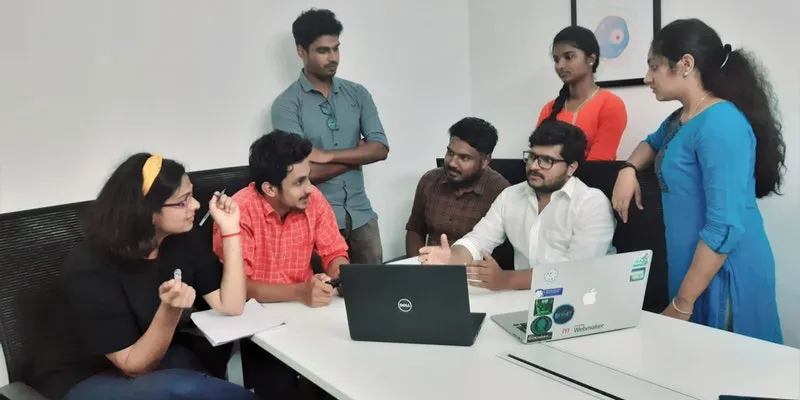
The MistEO team
MistEO’s main work is focussed on the Weather Information Exchange Model (WXXM), which is designed to enable a platform-independent, harmonised, and inter-operable meteorological information exchange covering the needs of the aviation industry.
The early challenges
It was in 2019 when the MistEO founders stumbled upon the idea of launching the startup when approached by a business house in Africa to set up a weather station business on the sidelines of the World Economic Forum meeting in Davos in 2019.
However, the founders did not find the economic incentive to get into an asset-heavy business run mostly like a telecom tower company. They decided to focus their efforts on building a weather business company, primarily focusing on the financial risk management side of climate change and extreme weather events.
After launching, MistEO’s primary issue was to get the right team in place.
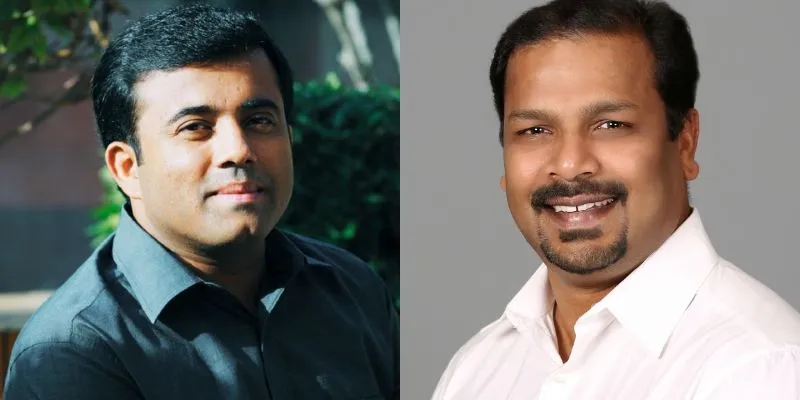
Samuel John and Chacko Jacob: The Founders of MistEO.
Samuel says, “Technology is mostly mature and we do not have serious issues there except for high-performance computing requirements that are outside our price bracket for now. We opted for a computer cluster with an on-premises-first approach.”
Market access was the next challenge. The team found it tough to convince people about the importance of things they take for granted; in this case, the weather.
The team kicked off its first solution by building a contextual marketing stack for consumer products using weather and location as the primary parameters.
Using satellite data
The startup uses satellite imagery-based products in its analysis. It crunches the data it gets from satellites. For instance, the team is working with a large milk marketing federation in Karnataka for which it interpolated weather data for the whole state to a 1km x 1km resolution for a year.
The client deliverables included productivity loss insurance cover product for milch cattle, where weather data is an input among various other data points.
The end interpolated data stood at 110 million data points for each parameter, and the startup had to analyse three parameters to arrive at the Cattle Stress Index due to weather.
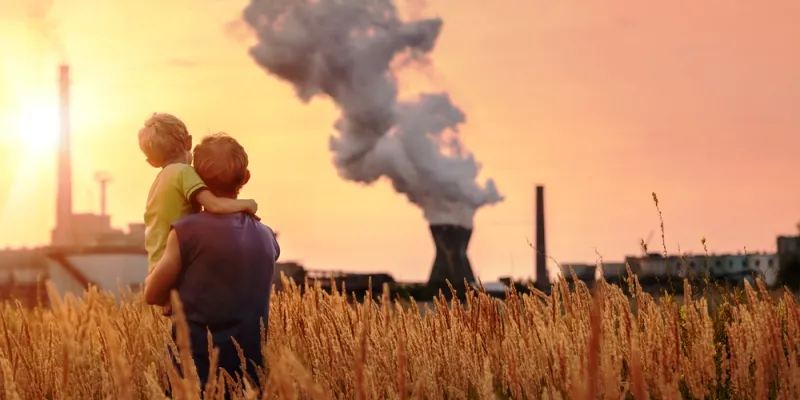
Representational Image
The startup’s data about the weather parameters comes from ground sensors or satellites. As of now, MistEO is working with two clients, one based in India and the other a Takaful (Islamic Insurance) product for a client in Nigeria.
Samuel says, “We have customer traction in the non-insurance space, and are working in our home state of Kerala on a ‘Climate Resilient Constituency’ project. The aviation vertical shows a great deal of promise, and we are working closely with private airport operators to build a thunderstorm alert system.”
The plan ahead
MistEO secured a seed fund of $200,000 in November 2019 with good revenue visibility through 2021.
Samuel says 2020 is the year of climate change action, and markets and customers are responding positively to MistEO’s products and services.
According to the startup, climate change action is happening across the world. It can be seen in India as well with the launch of India Climate Collaborative. This year, the World Economic Forum was more of a climate change conference and one could see small and measured steps being taken by companies and governments.
Samuel says, “Overall, we are very positive about market conditions in India and elsewhere, where we see a good bidding pipeline.”
(Edited by Javed Gaihlot)


